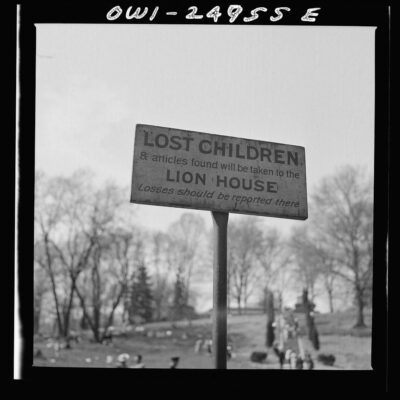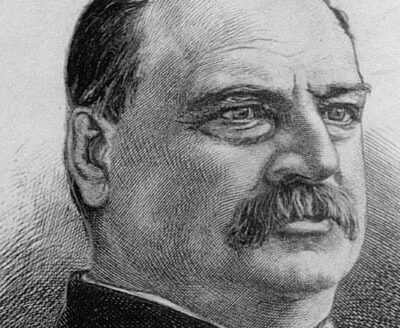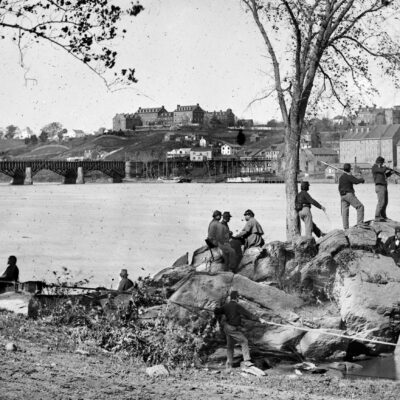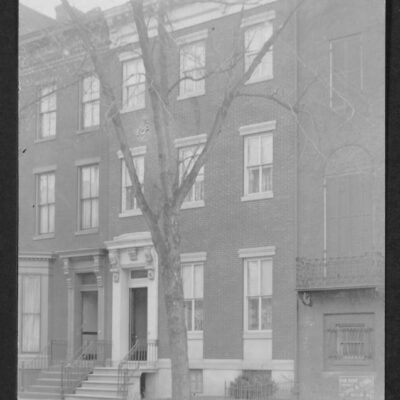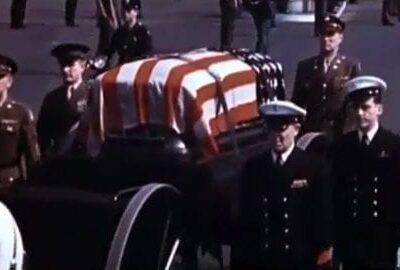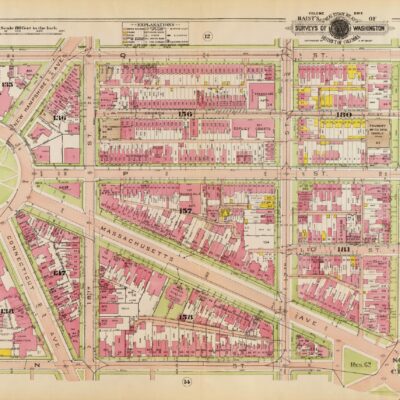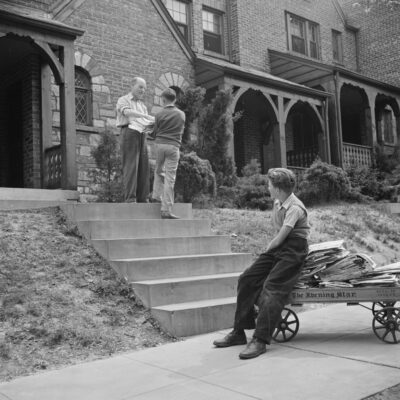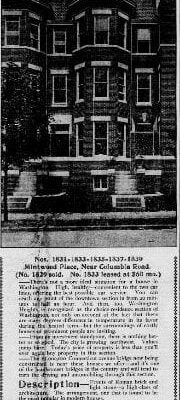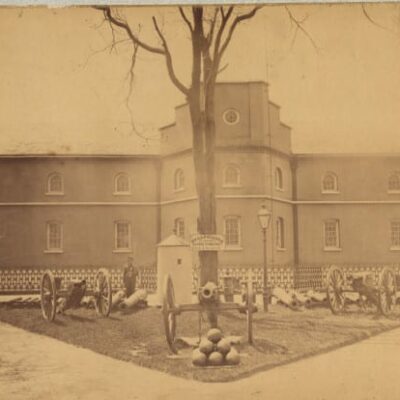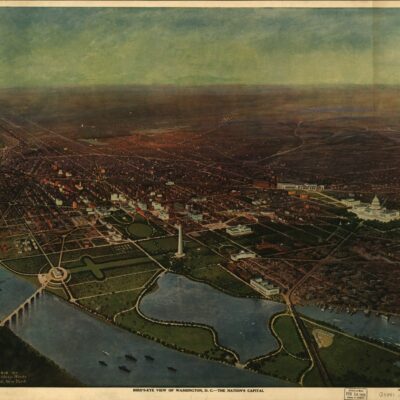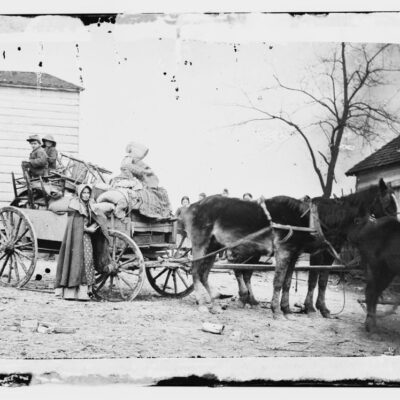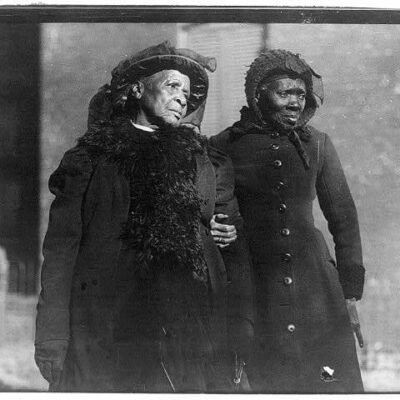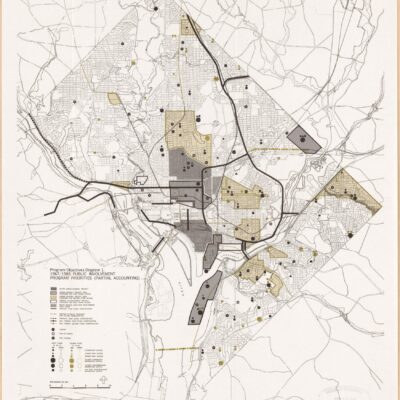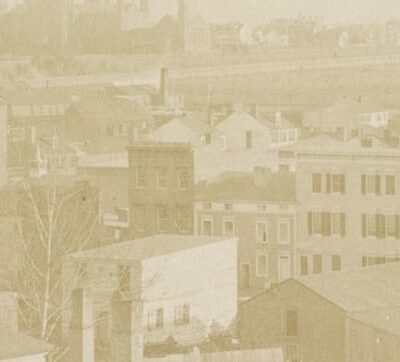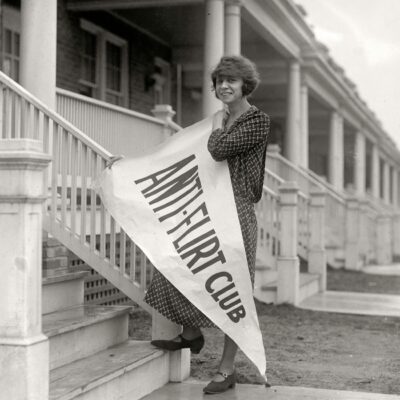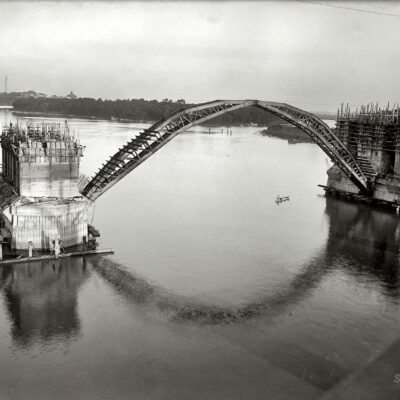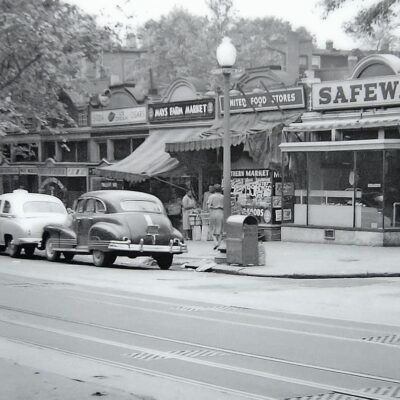This is a guest post by Aaron.
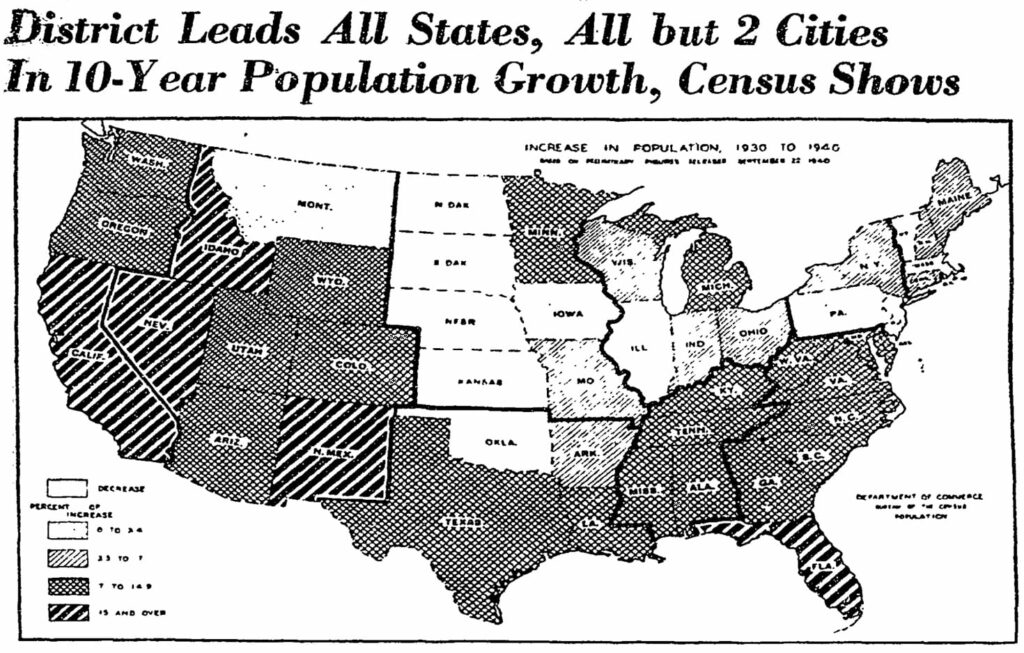
Newspapers called it a “New Deal Boom.” The Great Depression was coming to an end. The District’s peacetime population exploded as government grew and workers – men and women – flocked to new jobs. It was 1940. Census employees hit the streets in April. They determined that D.C. had grown rapidly.

With an increase of 36.2 per cent, [D.C.] grew faster between 1930 and 1940 than any of the states. – Washington Post, 9/22/1940
Rising population and working-class wealth provided plenty of fun facts:
The capital has a long lead over all cities of the world in automobile ownership. The lowliest government clerk boasts a car. There is one automobile for every 2.6 persons. In comparison, Chicago has one for every 7.15 persons; Detroit, the motor city, one for every 4.03 persons…
…In 1930 there were 158,913 telephones in use. On Aug. 31, 1940, this number had increased to 263,113, giving the District of Columbia the highest number of telephones per capita of any city in the world. – Chicago Daily Tribune, 10/27/1940
One “problem” unique to D.C. forced a week-long extension of the local census count:
Chief trouble comes from that form of family life peculiar to this city – the small family with both husband and wife holding Government jobs. Many are the doorbells that have been pealed in vain between 9 a.m. and 5 p.m. – Washington Post, 4/14/1940
Tourists and transients were counted too:
Enumerators visit all – from swank [Connecticut Avenue] hotels to [a] hobo jungle camp… on the edge of Anacostia where the Pennsylvania and the Baltimore & Ohio railroad tracks converge. – Washington Post, 4/9/1940
The District’s population was recorded at 663,153 (by comparison, it was only 601,723 in the 2010 census – but let’s stay focused on the past).
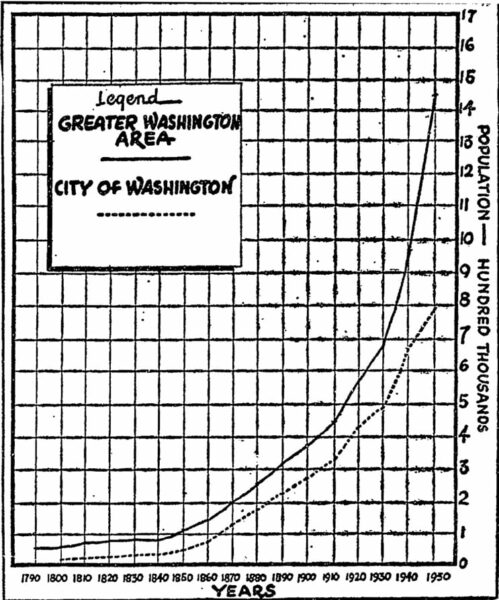
The growth charted by the Census Bureau in April 1940 doesn’t really tell the tale of Washington’s rapid expansion that year. Things were just getting started.
By summer a new federal hiring surge was under way. War seemed possible (though it was still more than a year in the future). Defense jobs materialized. The government scrambled to rent or build massive amounts of office space.
Writers at the Post were drawing comparisons to the city’s spurt during the only World War they had known – when the District’s federal employment “tripled in a few months” in 1917.
This yardstick of Washington’s future has been given any number of lengths by official and unofficial forecasters. An early quotation was that defense could make 5,000 new Government jobs in Washington. Others have gone to 30,000, and if an expert estimator starts talking about a “real emergency” he may follow up with mention of an eventual 200,000 Government jobs in Washington. – Washington Post, 8/11/1940
The emergency arrived in December 1941 and the high side of that Post projection was pretty close. In March 1943, the Census Bureau estimated 833,720 residents – a 28.2% increase in just 3 years. By the 1950 post-war census, the District’s population declined. The suburbs expanded.
This city must have been a crowded place in the early 1940s. I keep thinking of the great 1943 rom-com, The More The Merrier, set amid Washington’s wartime population influx and housing crunch. Great stuff. Have a look at the first few minutes:
Much has been written recently about the 1940 census. House-by-house surveys were released last month to the joy of genealogists. But if your relatives flocked to Washington for war-era defense work, there’s a decent chance they came and went without ever appearing on a 1940 or 1950 census form.
Tourist, hobo, or young professional… folks in this town continue to be transient.
